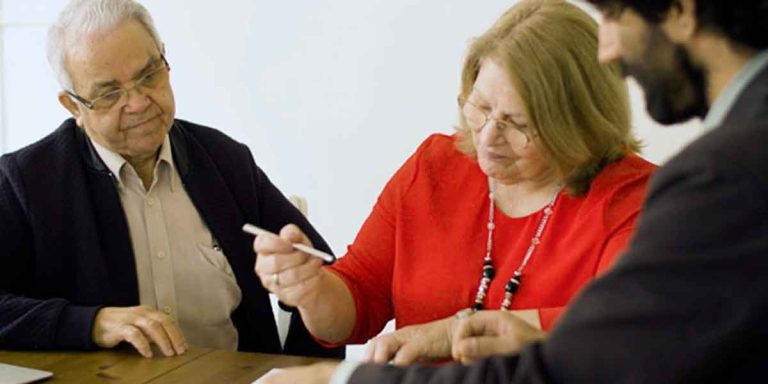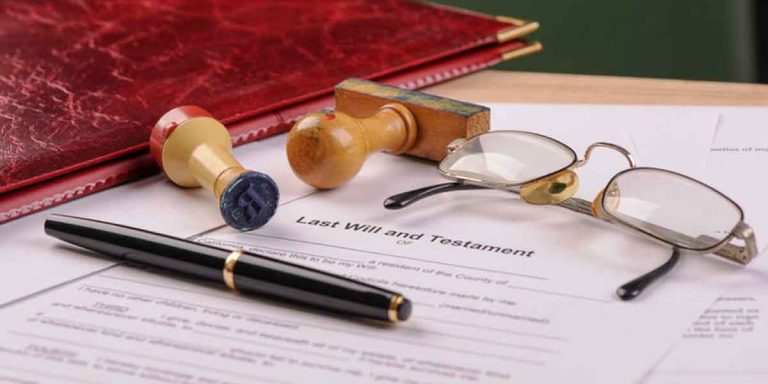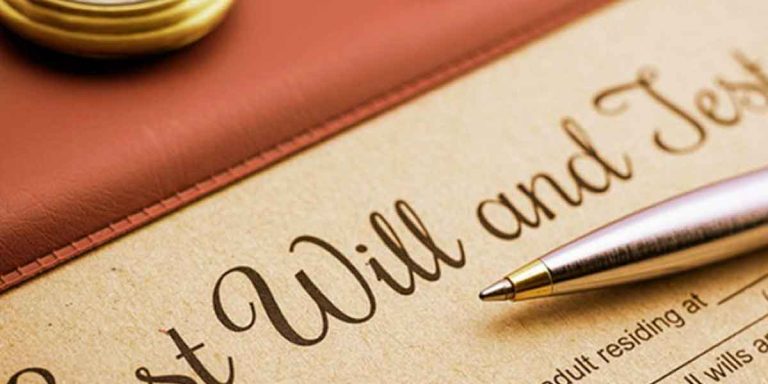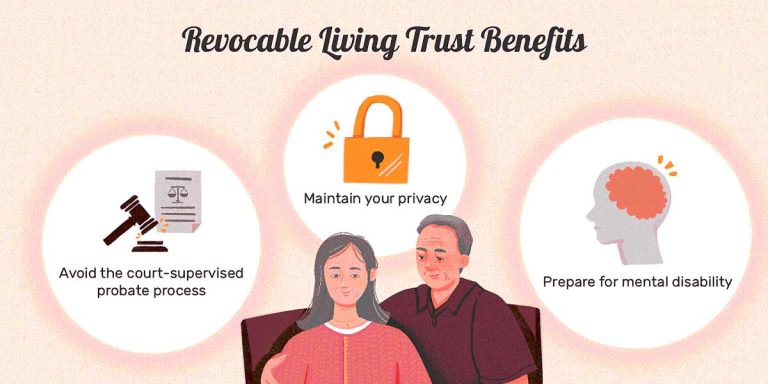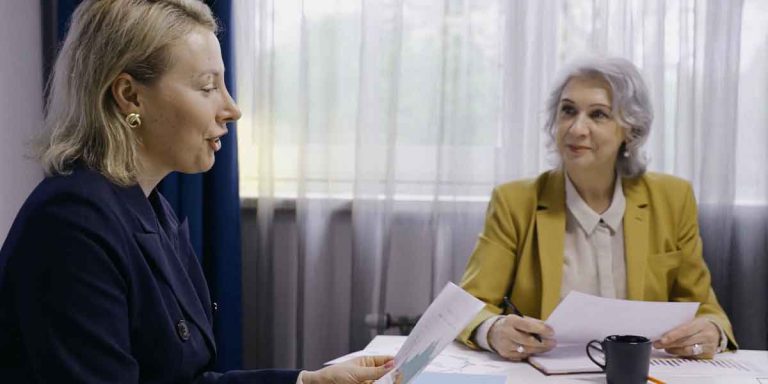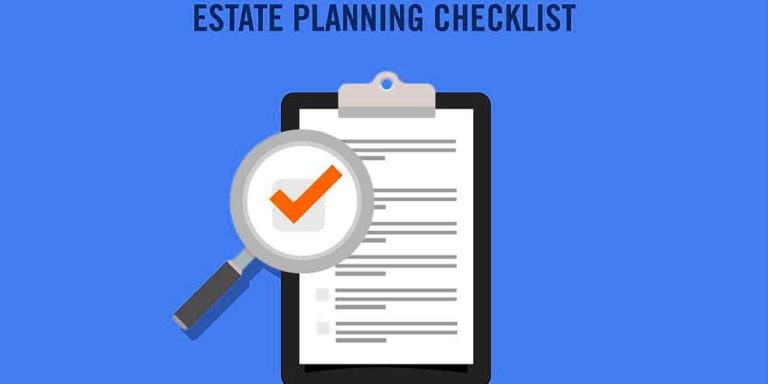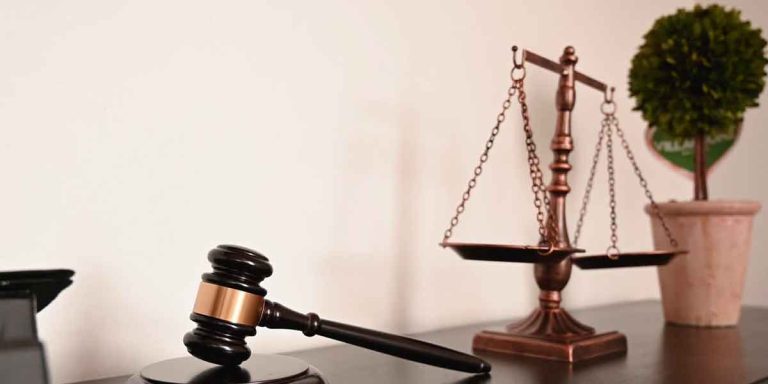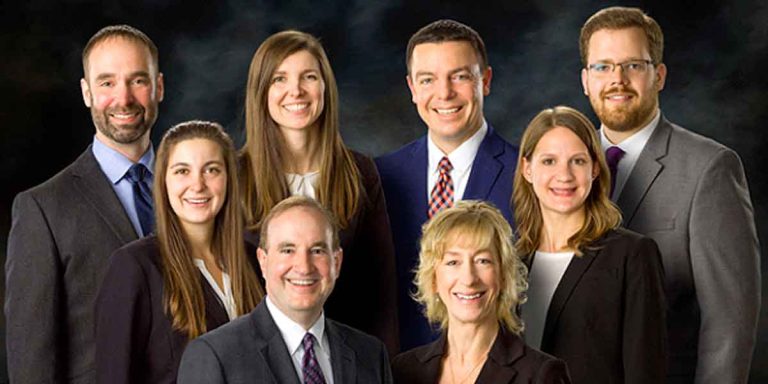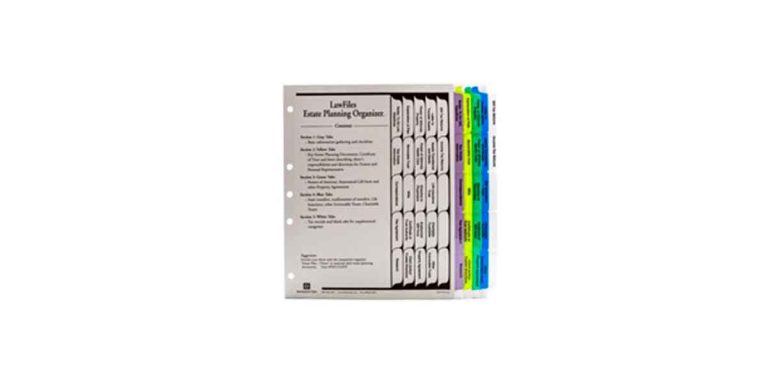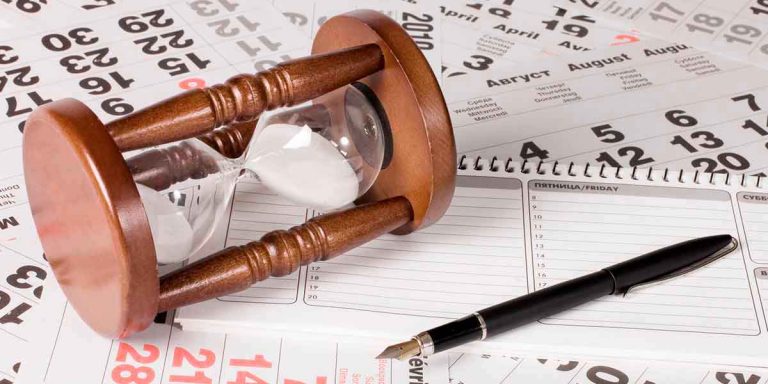When you die, your possessions cannot be left just like that. They have to be passed down to others who are alive. The process in which the transfer happens is known as probate. During this time, someone will have to manage your estate before distributing it. This person is known as your executor or personal representative (PR).
Therefore when writing your will, you should name an executor who will be in charge of managing the estate on your behalf, and then disbursing it at the end of probate.
If you do not have a will or do not name a PR, the court will appoint one for you. With or without a will, the functions of your appointed PR remain the same.
But what are these functions? How exactly does your personal representative manage your estate?
Your personal representative manages your estate in 7 steps
The 7 steps are as follows:
1. Locating your will
The first step is for your PR to locate your will. This you must have told them before your passing to avoid difficulties. If you have not told them beforehand, then they wouldn’t know you have named them as your personal representative. Nevertheless, your will must first be located and if it’s nowhere to be found, the court will declare your estate as an intestate estate. The intestacy laws of the state will then be invoked in the distribution of your assets. On your behalf, the court will appoint a personal representative to manage your estate. Whether chosen by you or the court, their roles remain the same.
2. Filing a petition to begin probate
Probate officially begins when you file the probate petition to the court. You do this by filing the will and death certificate alongside a written petition to commence probate. Once the court accepts it, the estate is declared “open”. You will then be given a document known as Letters Testamentary, authorizing you to settle the estate. If you were appointed as an estate administrator, then the document given is Letters of Administration.
3. Identifying and securing your assets
Your personal representative must then identify every asset you hold in your name. They make an inventory of them all, and then secure these properties to avoid losses. For example, they may freeze all your bank accounts to prevent fraudulent transactions.
Your PR gets information about your assets by going through all your files. Hence, you should make them easily assessable to your representative.
4. Valuating and appraising your estate
After identifying each asset in your name, your personal representative then has to sum everything up. The total worth of all assets held in your name is what we refer to as your estate. A professional appraisal of the estate may be required. For this, your representative may consult an accounting professional or an experienced probate attorney. They will then have to open a checking account using estate funds of which they can settle your outstanding bills and probate cost.
5. Filing your return forms and paying them up
Next, your personal representative has to file the tax return forms and pay any income and estate tax on the estate. They may have to consult a probate attorney to determine if the estate is subject to state or federal estate tax and how to go about settling them.
6. Settling creditors and funeral expenses
After settling tax, the next thing to settle is debts and final expenses. People will come claiming to be your creditors, and it’s your PR’s job to figure out which claim is legitimate. It is always advisable for a personal representative to work with an experienced probate attorney for professional guidance.
7. Distributing the estate
The final step of probate is to disburse your estate. To do that, your personal representative must first submit to the court an accounting record of all his transactions while managing your estate. If accepted, the court will then grant him approval to distribute the assets. They will turn to your will in determining how you want your estate disbursed. In the absence of a will, they will distribute your assets according to the laws of intestacy.
Your executor has no say in who receives your wealth. Even though this person is your child, they can never use their position to claim the entire estate – unless you state that in your will.
It is therefore important you write clear instructions on your will on who you want to inherit from you.
It’s also important to make probate simple by limiting the value of assets going through it.



